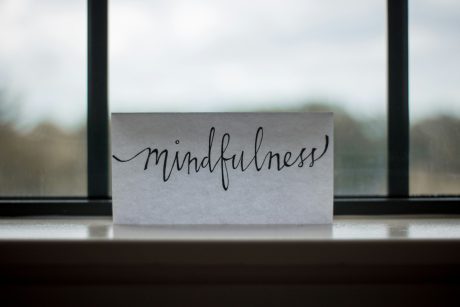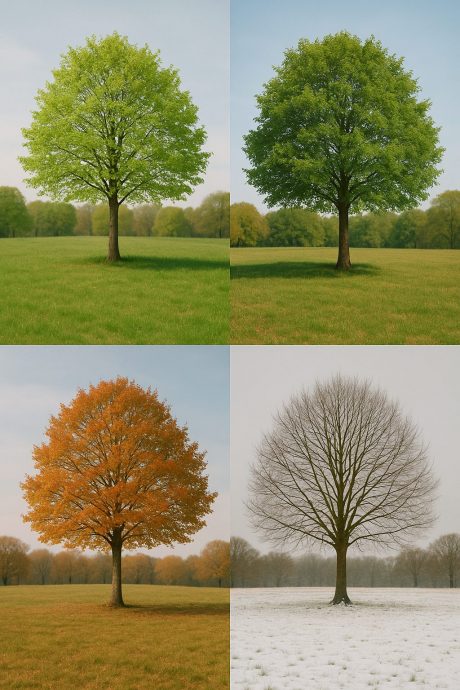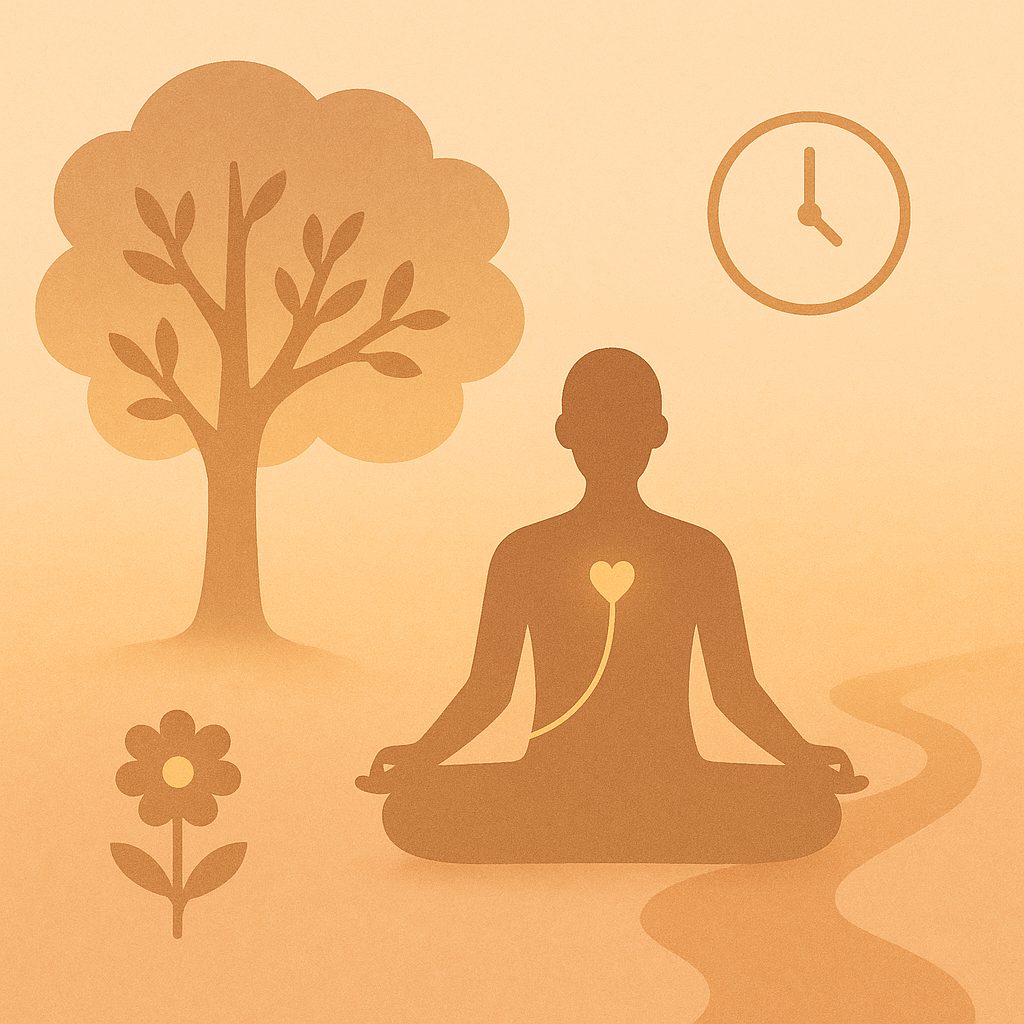
“Mindfulness isn’t something you understand. It’s something you practice.”
Earlier this year, I completed the Breathworks mindfulness teacher training: a rigorous and deeply nourishing programme grounded in compassion, embodiment, and lived experience. As part of the training, I ran the Mindfulness for Stress course at Goldsmiths, which taught me that mindfulness isn’t something you explain. It’s something you do.
So when people ask me, “What’s mindfulness really about?”, I now try to go beyond a quick definition. Because what I’ve learned is that it’s not about information. It’s about transformation, and that takes time, attention, and practice.
Here are five core insights that emerged for me while teaching the Breathworks course.
1. Mindfulness is a practice, not a concept

The Mindfulness for Stress course isn’t about acquiring a few relaxation techniques. It’s about creating a regular practice—week after week, breath after breath.
Together, we meditate, share experiences, reflect on how stress impacts us, and build a personal toolbox of mindful responses. This emphasis on shared doing—on gently returning again and again to the present moment—is what makes the course powerful.
You can’t tell someone what it means to be mindful. You have to practice it with them.
2. Mindfulness is revolutionary in its focus on the body

The Breathworks approach puts the body at the heart of mindfulness. One of its foundational practices—the Body Scan—guides you in bringing awareness to every part of the body, including those usually ignored: toes, hips, jaw, scalp.
This humble, non-judgemental attention is radically different from the achievement-driven culture we live in. It teaches us to be with our bodies—not to fix or improve them, but to listen.
Unlike a yoga pose or fitness goal, this is about kindness, not perfection.
3. The Breathworks methodology works over time

There’s no instant mindfulness. The key Breathworks courses, Mindfulness for Stress and the Mindfulness for Health courses, are carefully structured over eight weeks, and that time is essential.
Change doesn’t come from a single insight. It comes from gently showing up: even when you’re tired or distracted. Over time, I’ve watched participants become more attuned, less reactive, more grounded.
The course creates space for something to unfold. And that unfolding is different for everyone.
4. Self-kindness is the foundation of mindfulness

Alt text: A gentle hand holding a single flower, symbolising care and compassion
Perhaps the hardest thing for many people to accept is that mindfulness begins with kindness to yourself.
Not self-criticism. Not discipline. Not “doing it right.”
The Breathworks model offers a radical reframe: when things feel difficult, the most mindful response is often to soften. To breathe gently. To say to yourself: This is hard right now. And that’s OK.
Kindness isn’t weakness. It’s strength.
5. Storytelling helps us understand mindfulness

In the mindfulness groups I’ve led, the most powerful moments have often come from personal stories.
Participants talk about the pressures they’re under, the ways they’ve learned to pause, or how their relationships are changing. These stories build trust. They help others realise: I’m not alone.
And they help us narrate our lives differently, not as problems to fix, but as journeys to accompany with curiosity and compassion.
Final Thoughts

Completing the Breathworks training has not only deepened my teaching—it has changed my life.
It’s given me tools I can draw on in difficult moments. It’s helped me soften my inner voice. And it’s taught me to meet life not with resistance, but with presence.
Mindfulness is not about escaping life—it’s about fully inhabiting it, breath by breath.
If you’re interested in taking a course or training to teach mindfulness yourself, I can’t recommend Breathworks enough. Or if you’d simply like to know more, feel free to reach out.
Francis Gilbert is a writer, educator and certified Breathworks mindfulness teacher. He is the author of The Mindful English Teacher and leads the MA in Creative Writing and Education at Goldsmiths, University of London.


Leave a Reply